Britain’s Royal Navy introduced a system of rating the ships of its fleet based on the number of guns they carried. This rating system takes its name from the capability of ships to stand in a line of battle (Ship-of-the-Line). Initially introduced by Samuel Pepys in 1677, the rating system underwent numerous revisions until the late 1800s. After its introduction, the other nations also adopted very similar systems to categorise their ships.
First Rates
The largest ships were classified as 1st rate. They were capable of incredible firepower and able to withstand severe damage. They were very costly to build and to maintain but were magnificent war machines that inspired fear and awe in the enemy. By the late 18th century, 1st rate vessels came to be defined as a Ship-of-the-Line that did not mount any less than 100 guns.
Ships of this size were extremely expensive to operate. This can be demonstrated by the Royal Navy only having 5 completed in 1794. They tended to be used as commanding flagships and then only during times of conflict. This ensured a longer life by less exposure to the rigours of the sea. This is how ships like HMS Victory were able to serve at Trafalgar, despite having been in service for forty years at that point.
The US Navy did not operate such large vessels, but their 3rd rate frigates were exceptionally reinforced and often overgunned.
Second Rates
A 2nd rate ship-of-the-line was something of a hybrid; carrying between 90 and 98 guns, sitting in between the larger statures of 1st rates and the smaller but far-more popular 3rd-rates, there were relatively few 2nd rates built during the Carronade era.
Three-decker 2nd-rates were primarily used by the British. Their height relative to their length lent them a reputation as handling poorly. They were, however, able to withstand great punishment, and could often be mistaken as 1st rates at a distance, giving enemy commanders much pause for thought where engaging was concerned.
Third Rates
A 3rd rate ship, as defined by the rating system, was a ship of the line which mounted between 64-80 guns. Usually, this would mean two gun decks. Despite their relative size and power compared to the larger 1st and 2nd rates, it was considered that 3rd rates maintained an effective, perhaps even superior balance between sailing ability, firepower and cost.
3rd rates would thus become fairly common as the seventy-four gun ship folded neatly into this categorisation. It was the most popular size of ship for several navies of a number of nations; being cheaper to operate and easier to sail than 1st or 2nd rates, but still maintaining enough offensive capability to take on most single opponents (with the exception of three-decked ships).
In Black Seas, third rates are further sub-categorized as large or small, the key difference being that the smaller version lacks the broadside carronade and stern light cannon of its larger brethren, but may serve you better for its relative points value when it comes to flexible fleet-building.
5th/6th Rate Frigates & Unrated Brigs
Frigates were perhaps the hardest-worked of warship types during the Age of Sail. A small warship with a perfect balance of speed, armament and resilience that made it one of the perfect vessels for single-ship action and privateering against merchant ships. It usually had one main gun deck as well as the guns positioned on the top decks. These were categorised as either 5th or 6th rate within the British Rating System, dependent on the number of guns they mounted.
The 5th rates were the archetypal frigates of the period. Used for single-ship actions and privateering, they could make their crews very rich as a result of the share of the prize money for any captured ship. A frigate was a desirable posting for a Royal Navy officer as they often saw action, so glory and promotion were more likely in addition to monetary benefits.
Frigates scouted for the fleet, went on commerce-raiding missions and patrols, and conveyed messages and dignitaries. Usually, frigates would fight in small numbers or singly against other frigates. They would avoid contact with ships-of-the-line; Indeed, even in the midst of a fleet engagement, it was bad etiquette for a ship of the line to fire on an enemy frigate that had not fired first… Wargamers take note!
Brigs meanwhile were two-masted square-rigged vessels, with between 10 and 18 cannons, frequently used in combat actions by various navies. Ships with less than 20 cannons were considered Unrated. These were not really meant to participate in large battles – that was the domain of the ships of the line. However, they were the vessels of choice for privateers and still played a valuable role during larger battles, relaying orders and messages in a similar fashion to the 6th rates.
Other Unrated Vessels
Bomb Ketches
A bomb ketch’s primary armament was not cannon or carronade, but a mortar mounted near the bow elevated at a high angle, that employed explosive shells rather than solid shot. They were designed primarily as bombardment vessels (hence the name bomb ketch), and were deployed against fixed land positions.
Though the British first employed a bomb vessel in 1347, it was the French who would develop a design (in the late 17th century) closer to those seen in the Age of Sail. The British copied and refined those designs over the next century, which led to two-masted ketches. Further development over the age of sail would result in bomb vessels designed as full-rigged ships (with three masts) – which allowed them to function as escort sloops between battles.
A bomb ketch is treated as a small vessel in Black Seas with a mortar mounted on the bow. It functions similarly to the smaller gunboat, but benefits from greater speed and durability.
Schooners
Schooners are two-masted vessels with both masts having loose-footed sails rigged on gaff and two or more headsails (staysails rigged in front of the foremast). They were not designed for combat, being built mainly for cargo, passenger and fishing purposes.
During the Napoleonic era, Schooners were used to communicate dispatches, rather than divert more important warships for this purpose. In fact their size and swiftness made them ideal for this purpose. Such vessels sometimes received criticism from the Admiralty for their sailing durability and inherent weakness, without understanding their exact purpose.
That is not to say that schooners did not actively engage in combat. Their speed made them ideal to intercept Slaver ships for example.
Schooners count as small vessels in Black Seas, operating only a single broadside light cannon. Despite this, schooners make the ideal basis of a Privateer fleet.
Cutters
Cutters were usually tiny or small vessels with a single mast. Designed for speed more than transport capacity, the mast has a triangular aft (behind the mast) sail rigged fore and aft (from the front to the rear) and a headsail (a triangular sail rigged in front of the mast).
Though unable to compare in power to the heavily armed ships of the line, these vessels nevertheless played an important role in the Napoleonic Wars, ferrying supplies & troops, as well as carrying information around the fleet. Their swiftness made them especially suited for this latter purpose.
In Black Seas, Cutters are considered unrated ships with 2 broadside light cannons. They share the highest Rate of Knots value in the game and thus provide an extra dimension to gameplay as they zip about the ocean battlefield.
Gunboats
A gunboat squadron is like a gnat in comparison to the larger ships-of-the-line. Nevertheless, they have a useful place in the fleet. A gunboat would typically have only a single mast with square-rigged sails, mounting between one and three fixed cannons.
Fleets of all navies kept gunboats on hand. They could be useful in shallower waters, as with only a single mounted cannon, they were able to manoeuvre relatively easily where a large ship could not. If this cannon was a 32-pounder it could still prove dangerous to larger vessels. For instance, a frigate could easily destroy a single gunboat with a single broadside hit. But if deployed in large numbers, the frigate would struggle to deal with every gunboat before sustaining heavy damage itself. The extremely cheap cost and relative time is taken to build these gunboats could prove a tremendous advantage.
Gunboats were crucial to Napoleon’s notion for the planned invasion of England in 1804, whilst the US Navy’s policy between 1803 and 1812 focussed its Navy around the concept – this was to prove ineffectual against the British Blockade in the war of 1812.
Fire Ships
Filled with gunpowder and other combustible materials, Fire Ships were deliberately set ablaze and sent towards the enemy battleline where they would explode or set opposing ships alight.
Warships during the Age of Sail were highly susceptible to fire. With wooden construction seamed with fat and tar, and an abundance of stored gunpowder onboard, there was little aboard a warship that would not burn. As such, the period of usage of fireships in national Navies runs almost parallel to that of the usage of cannons, beginning in 1588 with the defeat of the Spanish Armada, up to the Battle of Navarino in 1827.
Purpose-built fireships thus increasingly became a staple of fleets as the 17th century bled into the 18th. Bespoke features, such as grappling hooks to encourage collision entanglements, were incorporated into the designs. Although fire ships could be set adrift if the wind was favourable, it was just as common for such vessels to maintain a skeleton crew. These crews were expected to abandon ship at the last possible moment.
Fire ship tactics enjoyed most success against harboured or anchored enemies, as a competent captain was usually able to manoeuvre their vessel out of harm’s way and lay fire down to disable the ablaze ships. Fire ships were used more sparingly during the Napoleonic Wars, but they remained a distinct class of the Royal Navy until 1808. Though approaching obsolescence in the early 19th century they still met notable successes such as at the Battle of Tripoli Harbor (US Navy, 1808) and the Battle of the Basque Roads (Royal Navy 1809).
Named Vessels & Beyond the Age of Sail
Of course, this does not encompass every vessel detailed within Black Seas. In addition to ‘generic’ vessels, you can field venerable vessels of renown like HMS Victory or Santisima Trinidad.
We also haven’t touched upon the xebecs and galleys that sail the waters of the Mediterranean, nor the forthcoming galleons that originate prior to the period that is covered by the core Black Seas rules. You’ll find details for sailing these vessels, and much more besides in the first supplement for the game, Hold Fast!
Fleet Boxes
Our fleet starter box sets are the perfect way to start your voyages in Black Seas. They have a wealth of different vessels to sink your teeth into, and even offer extra components to outfit your fleets with vessels of legend!
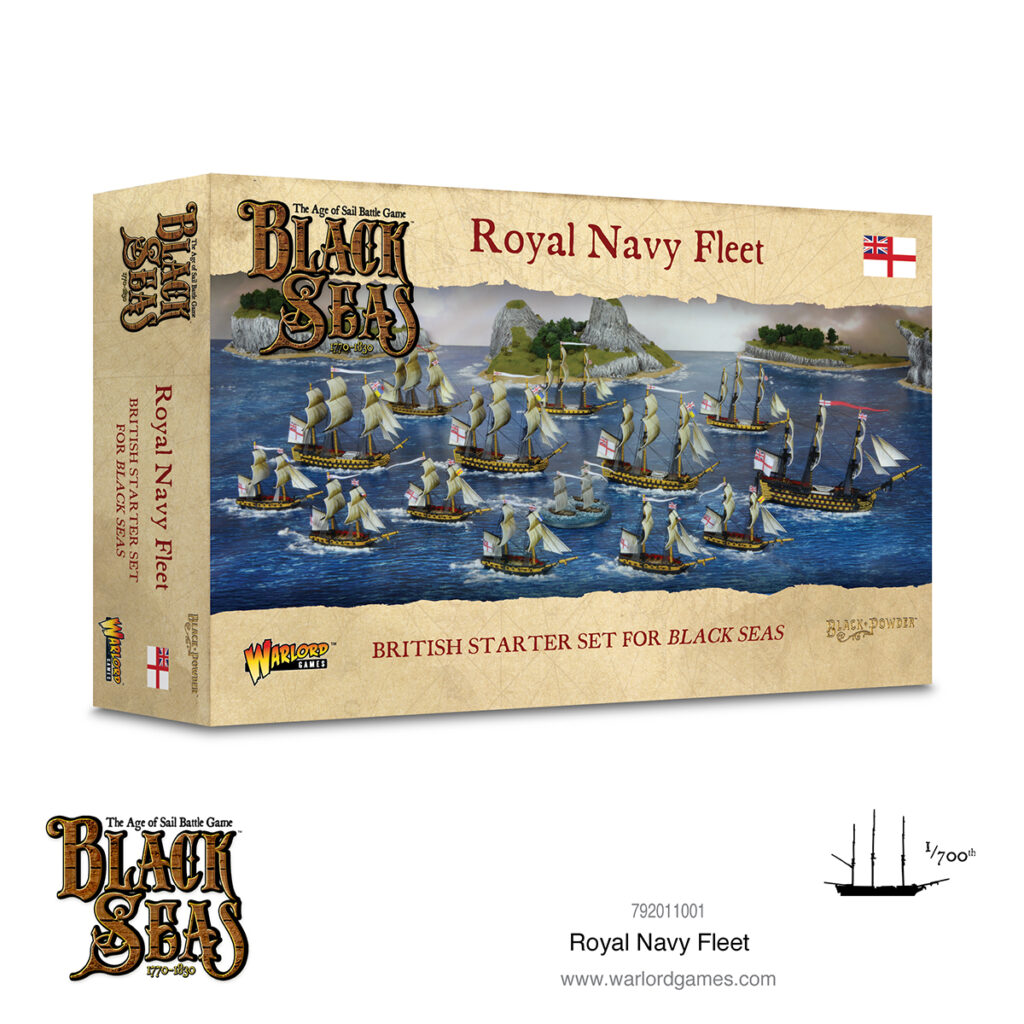
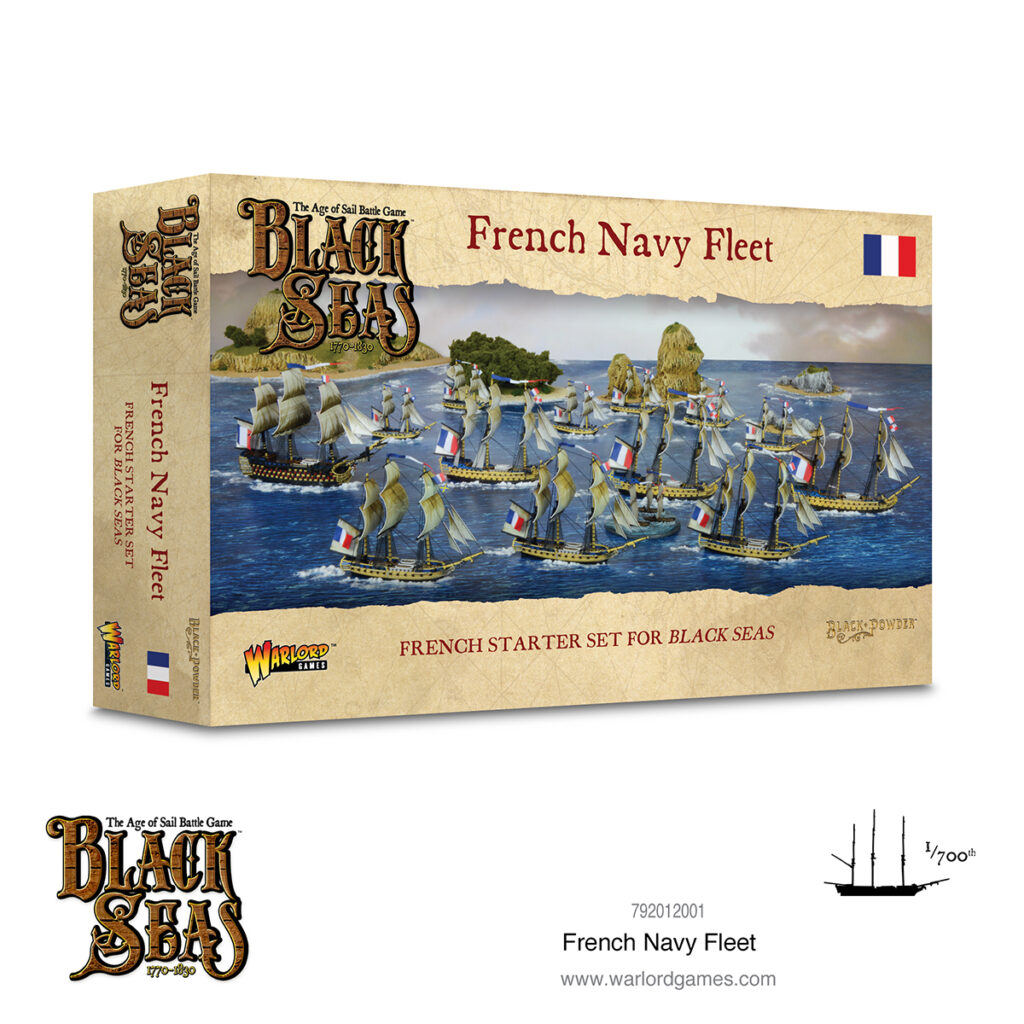
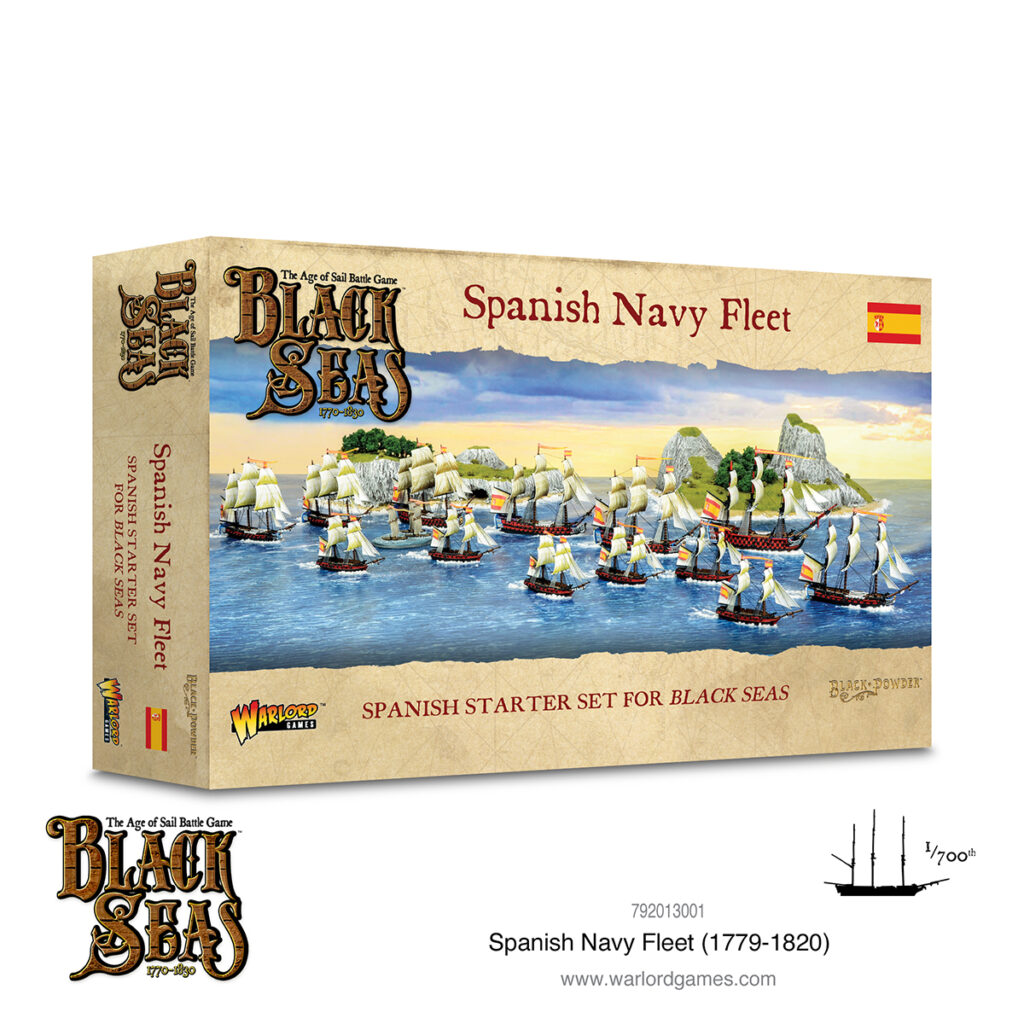
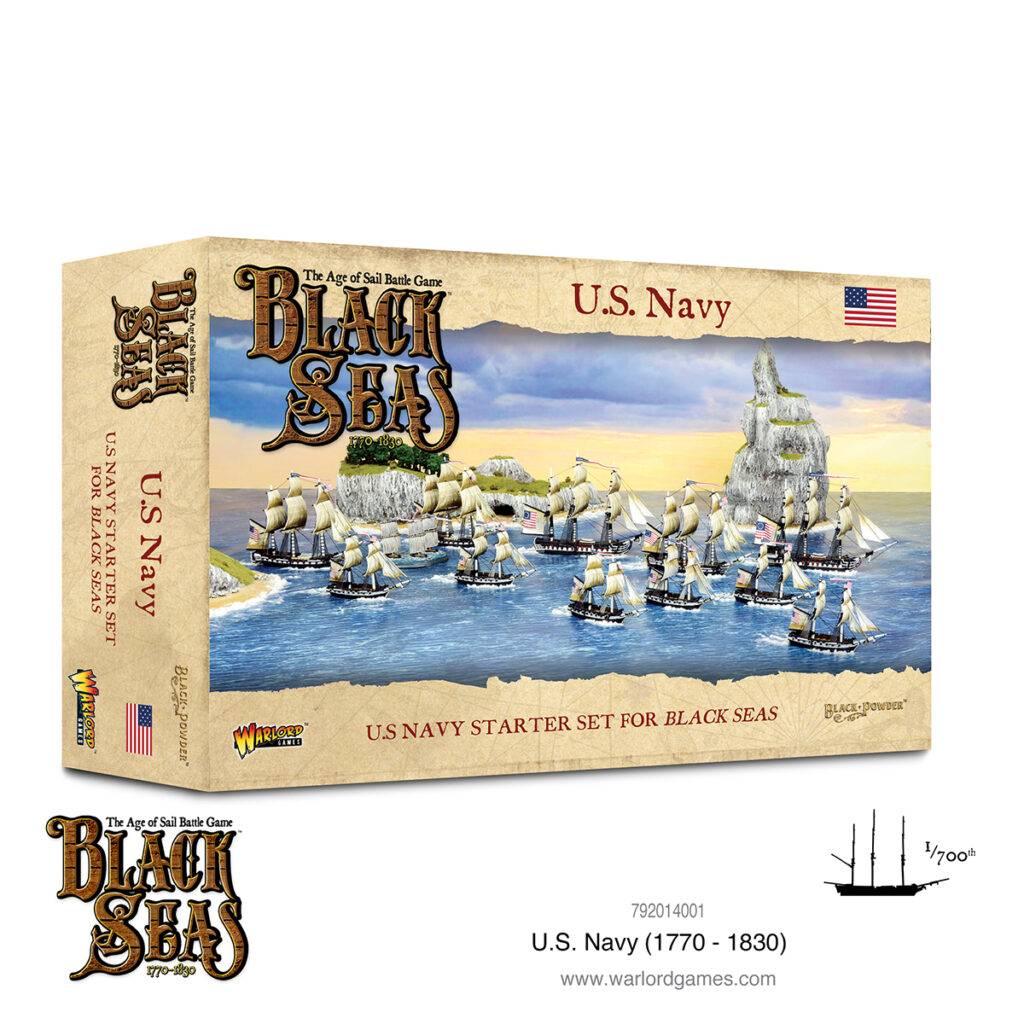
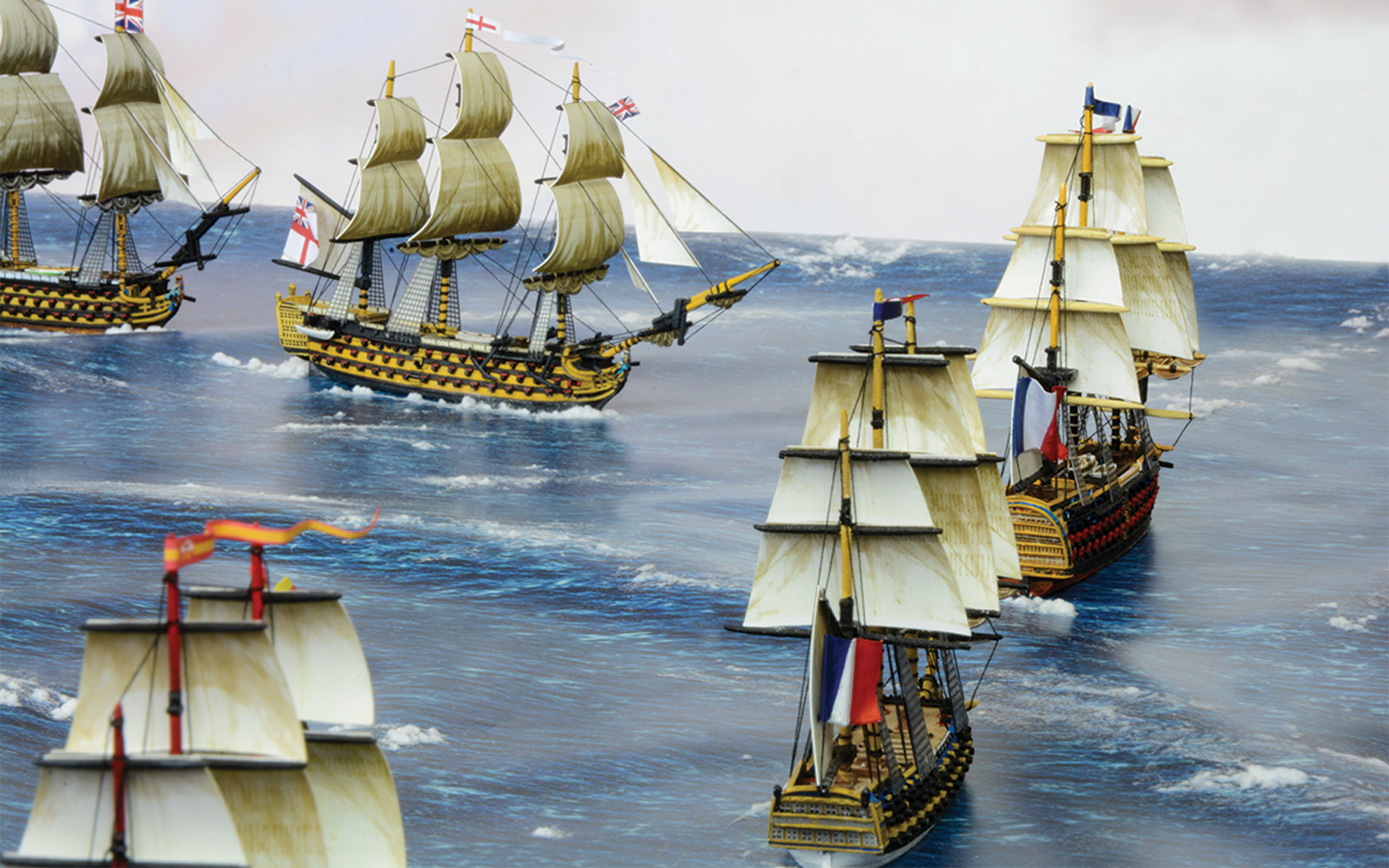
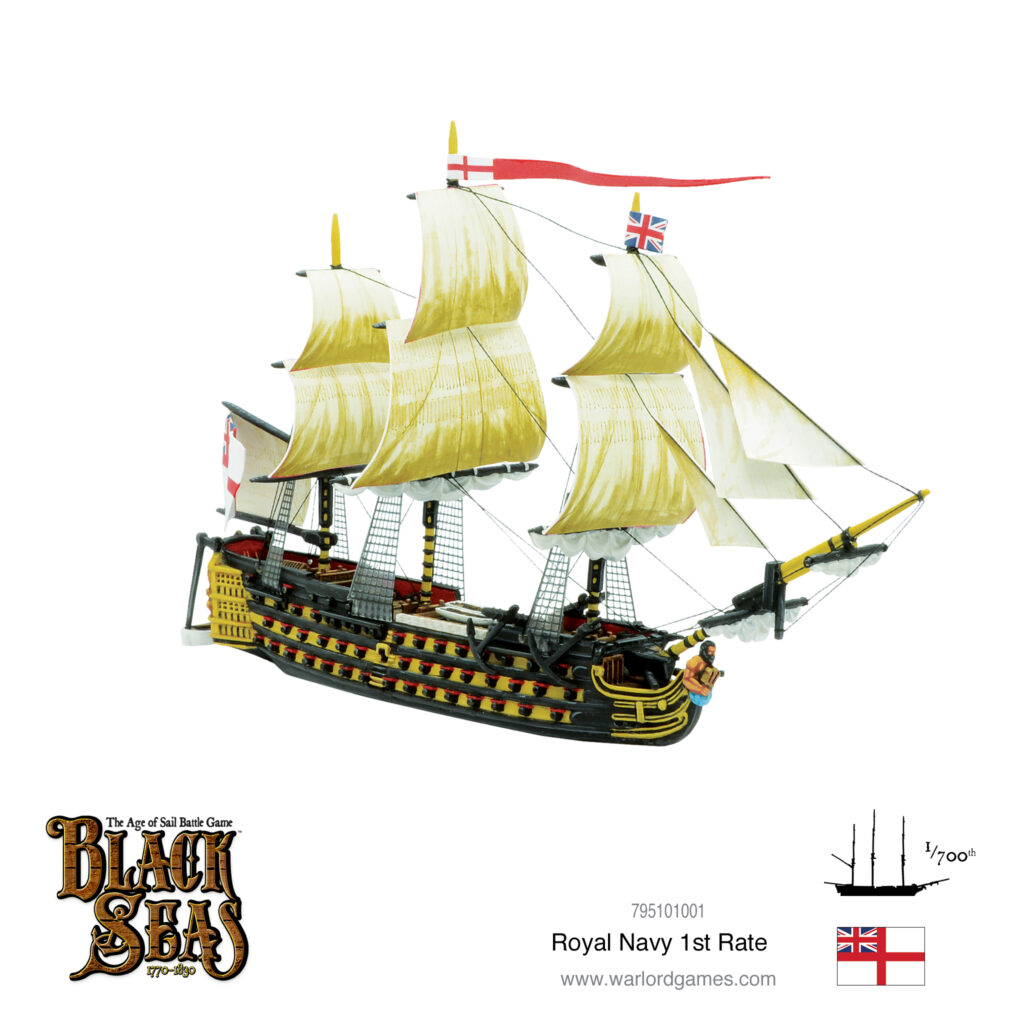
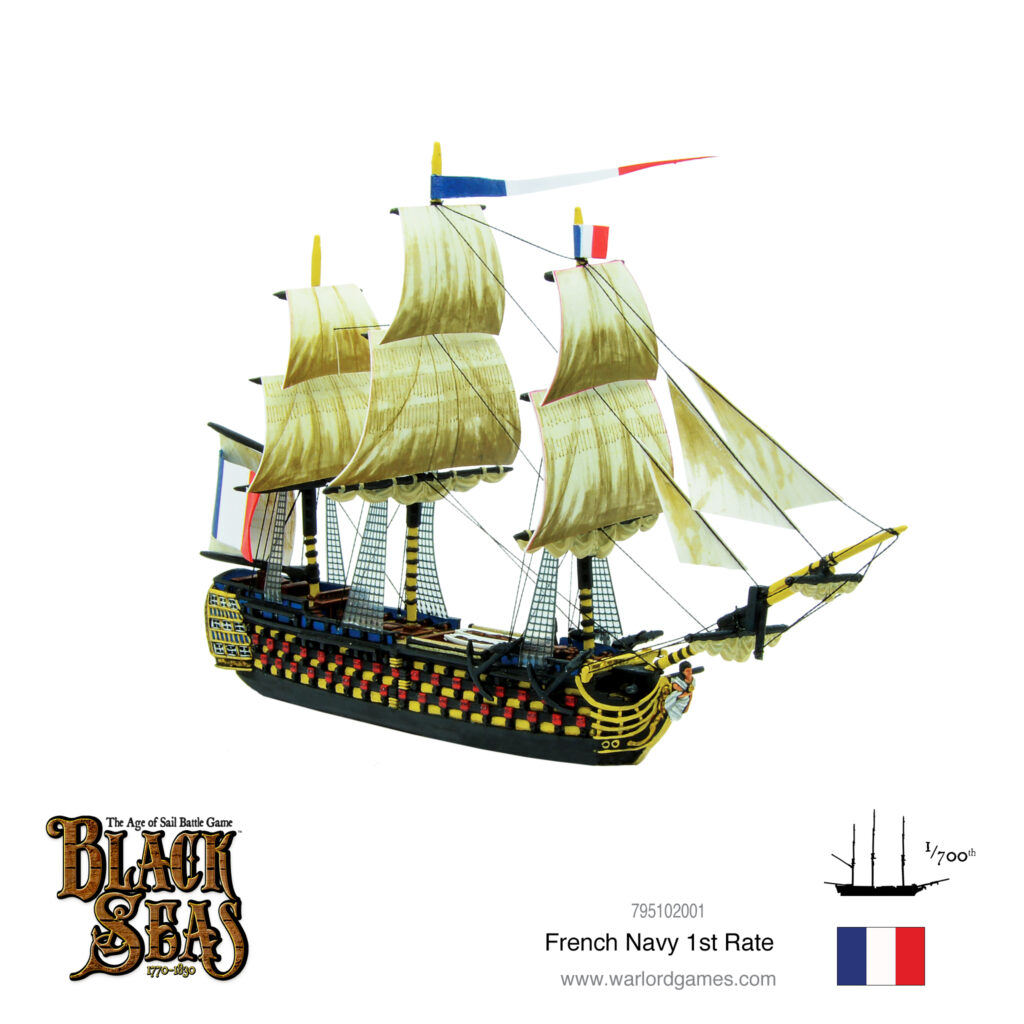
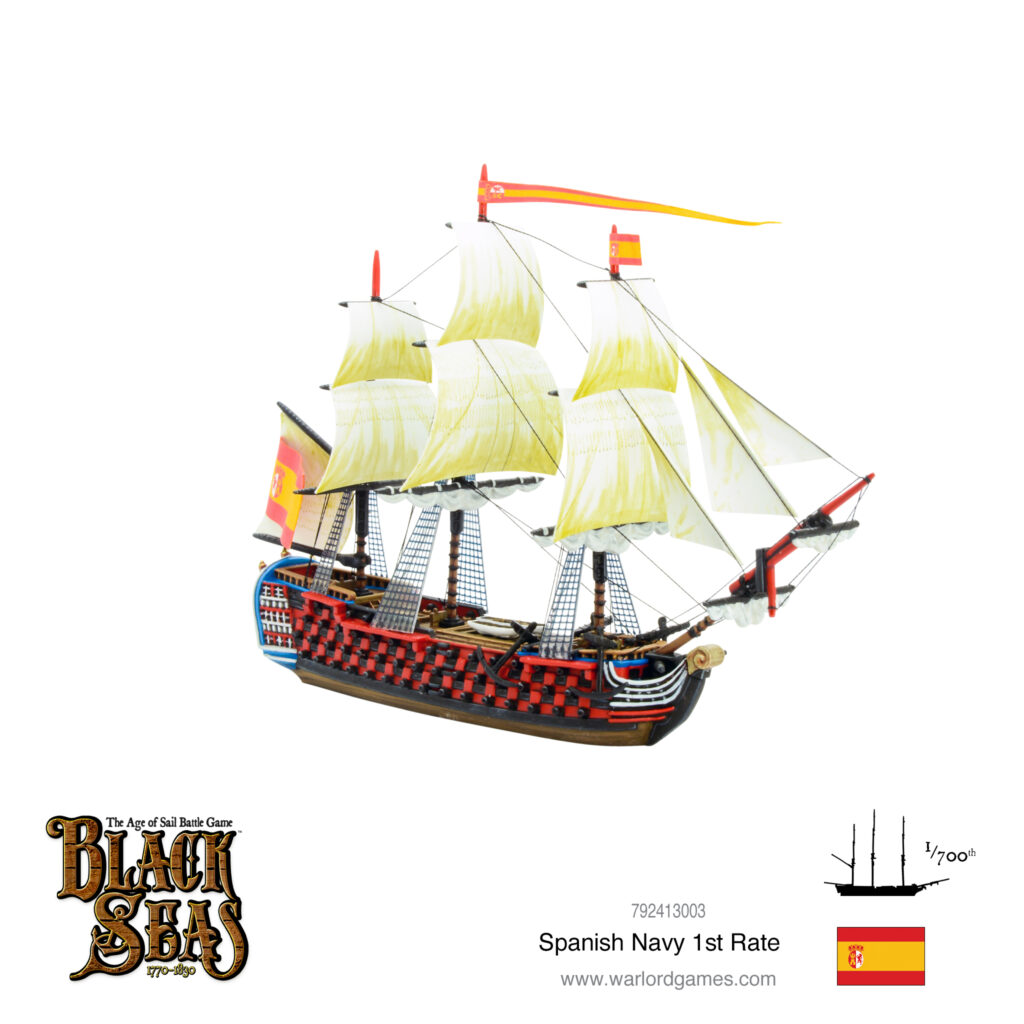
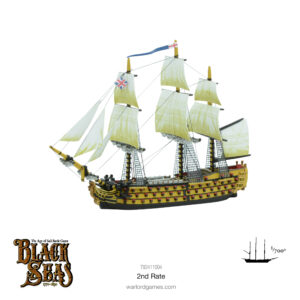
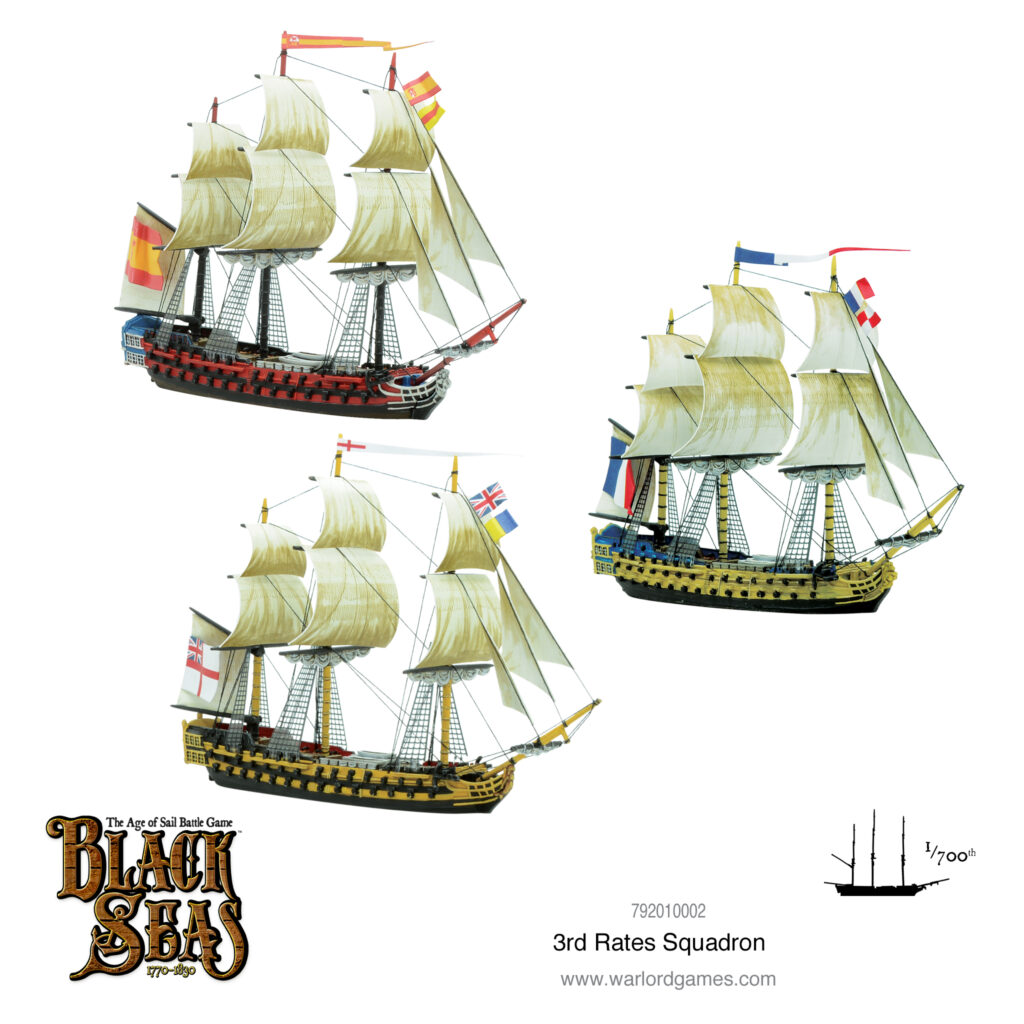
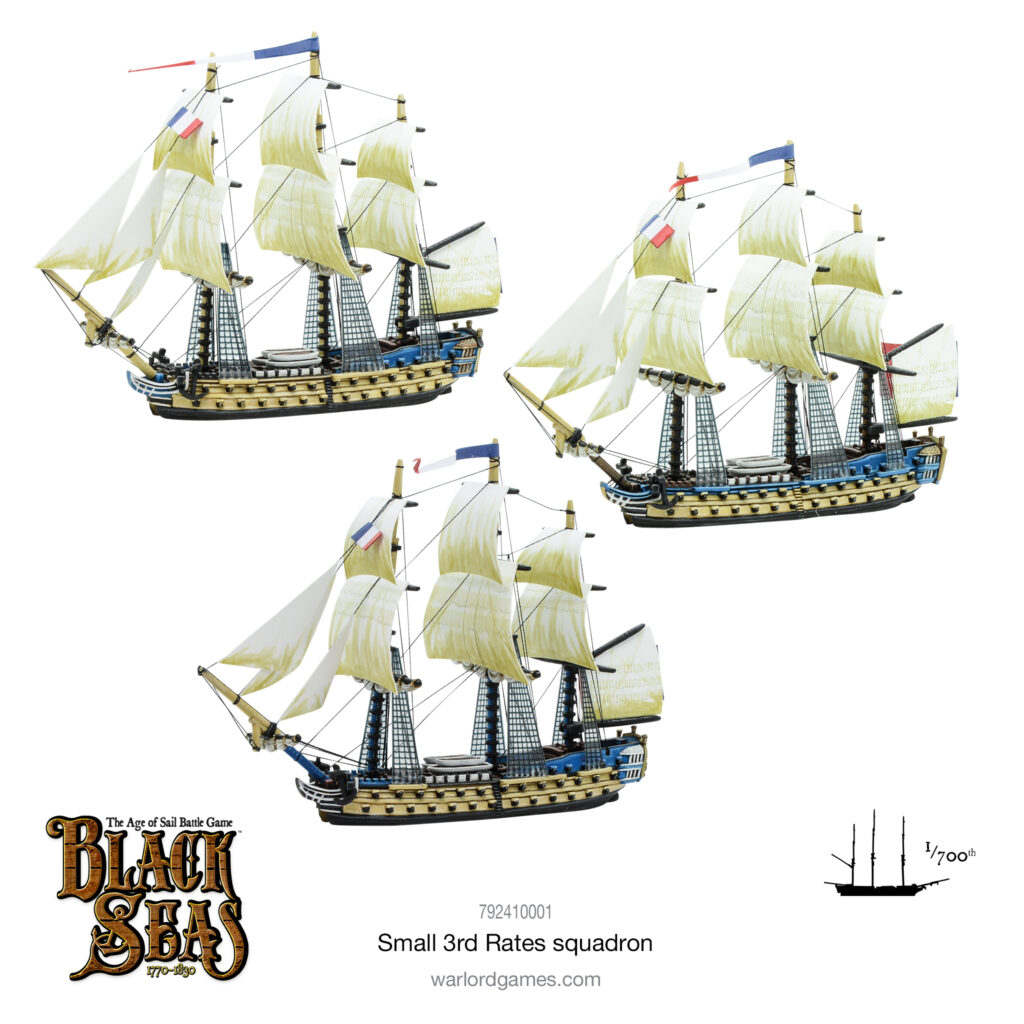
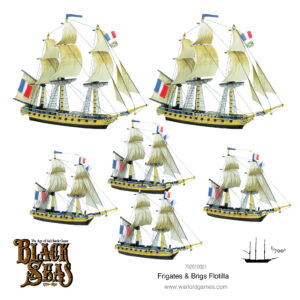
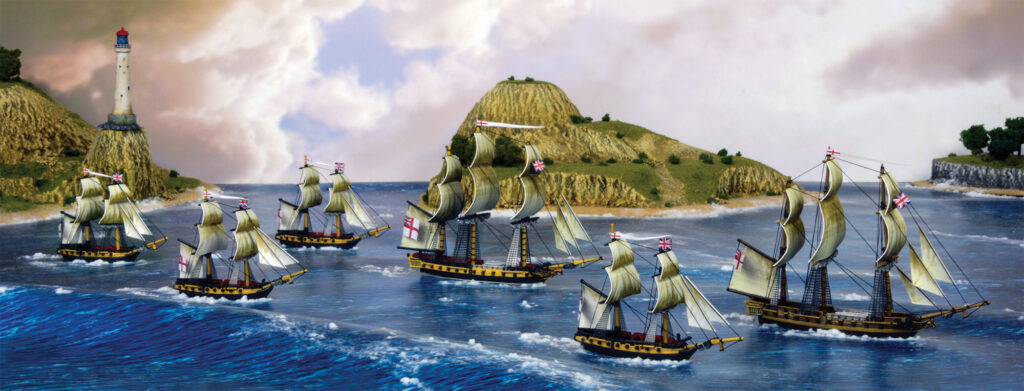
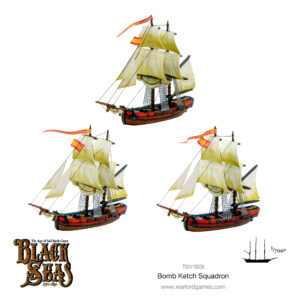
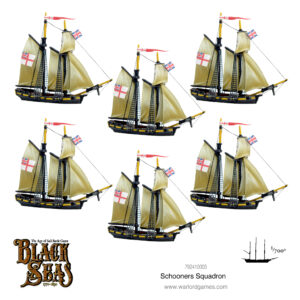
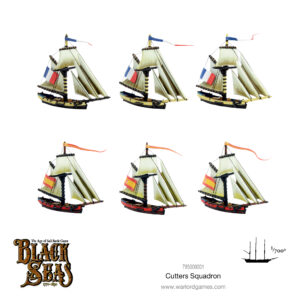
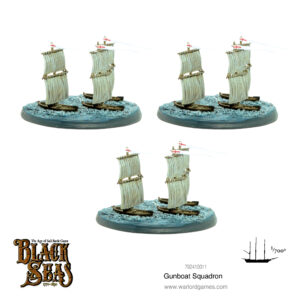
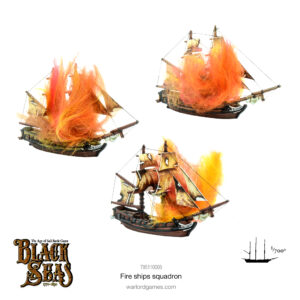
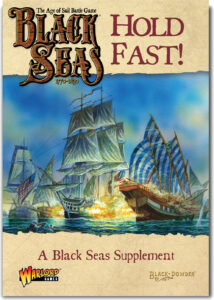
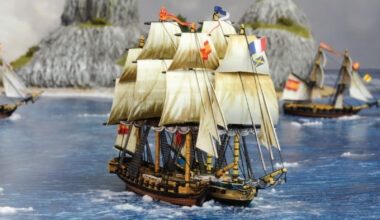
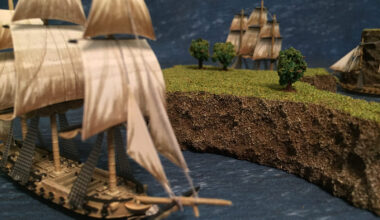
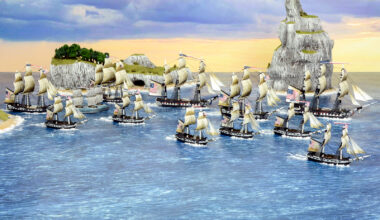
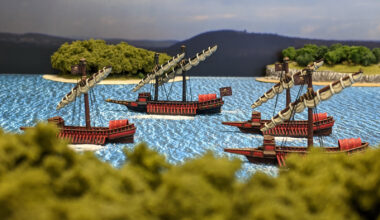
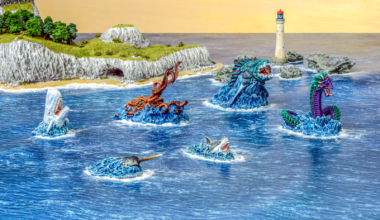
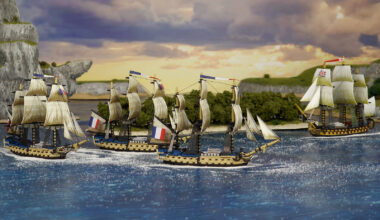
1 comment
Hi
Looking forward to Hold Fast.
A couple of questions though:
– I see mention of the Santa Ana: will there be a specific ‘named vessel’ model for that ship, or are we supposed to use a generic Spanish First Rate?
– I am puzzled by the ‘small 3rd rates’ box: I realize they have 64 vs 74-80 guns, but what is the difference between these models and regular 3rd rates? Seems an odd way to go rather than releasing 4th rates. On which note:
– Will you release models for 4th rates?
– I seem to recall reading about the Ottoman navy being mentioned in Hold Fast: will you be producing models for their ships (which were very different to the European vessels)?
Cheers
—Bob
Comments are closed.